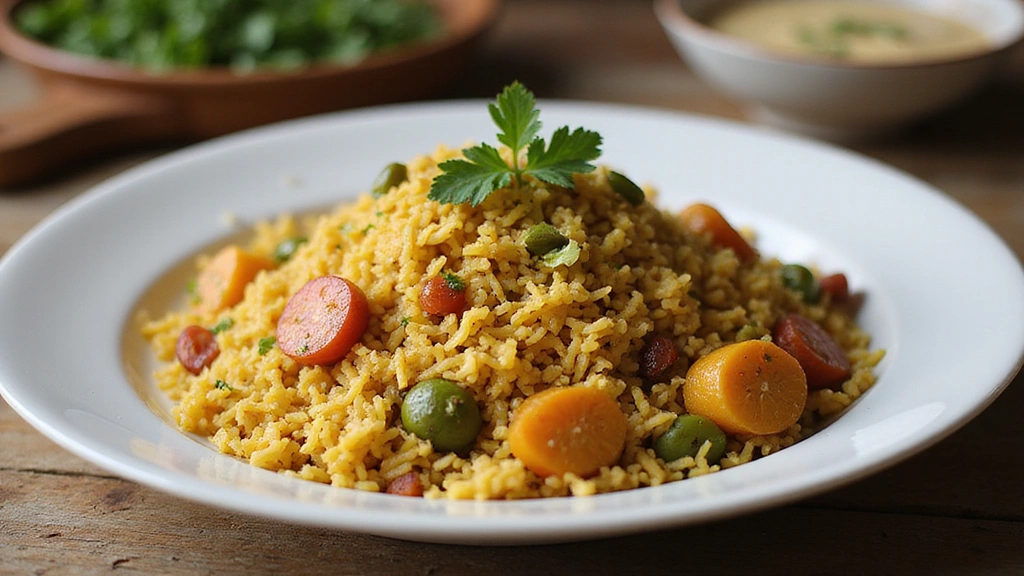This classic Pilau with Aromatic Spices brings together centuries of culinary tradition with modern techniques to create a dish that’s both comforting and elegant.
The harmonious balance of spices, rice, and tender meat creates a memorable dining experience that will have everyone asking for your secret.
I discovered this recipe during my travels through East Africa, where local chefs have perfected it through generations of careful refinement.
Whether you’re preparing a casual family dinner or hosting a special celebration, this Pilau delivers impressive results with straightforward preparation.
The History and Cultural Significance
• Pilau with Aromatic Spices traces its origins to the Swahili Coast of East Africa, where it was originally created by Arab traders during the 10th century.
• The dish evolved over decades as local ingredients were incorporated, eventually becoming the beloved version we know today, often featuring spices like cardamom, cloves, and cinnamon.
• In Swahili culture, this dish traditionally appears at weddings and festive gatherings, symbolizing prosperity and community.
• While many variations exist across different regions, the authentic version maintains its rich, fragrant aroma and layered flavors that set it apart from imitations.
Recipe Overview
Nutritional Information (per serving)
You might also like
Essential Equipment Guide
Heavy-Bottomed Pot: This specific tool is important for achieving authentic results as it helps distribute heat evenly, preventing the rice from burning. A Dutch oven or a thick cast-iron pot works well for this purpose. Look for one with a tight-fitting lid to retain moisture during cooking.
Wooden Spoon: A wooden spoon is essential for stirring the rice without causing it to break. It allows for gentle mixing without damaging the grains’ structure. Choose one with a long handle for safe stirring in deep pots.
Measuring Cups and Spoons: Precise measurements can make or break this dish. Accurate quantities of spices and rice are crucial for achieving the right flavor balance. Invest in a good set that includes both standard and metric measurements for versatility.
Key Ingredients Explained
recipe(s)
For the Rice:
• 2 cups basmati rice, rinsed – Basmati rice is essential for its long grains and fragrant aroma. Rinsing before cooking removes excess starch, preventing clumping. Substitute with jasmine rice for a different flavor profile, but note it may alter the texture.
• 3 cups water – The water measurement is crucial for achieving the perfect texture. Use filtered water for the best results.
For the Spices:
• 1 tsp cumin seeds – Cumin adds an earthy flavor and aroma that is foundational in pilau. Freshly toasted seeds will enhance the taste significantly.
• 1 tsp cardamom pods – Cardamom introduces a sweet, floral note that balances the dish beautifully. Using whole pods is preferable for maximum flavor release.
Preparation Methods
Toasting Spices: Toasting spices in a dry pan releases their essential oils, enhancing their flavors. This technique is crucial for pilau, as it deepens the aroma and creates a complex taste profile. Always toast spices just until fragrant and be careful not to burn them, as this can impart bitterness.
Rinsing Rice: Rinsing rice thoroughly before cooking removes excess starch, which can make the rice gummy. Use cold water and rinse until the water runs clear. This step is essential for achieving fluffy, separate grains in the final dish.
Layering Ingredients: When layering rice and meat, ensure even distribution for consistent cooking. Place meat on the bottom of the pot and layer the rice on top, allowing the steam to infuse the rice with flavor. Avoid stirring too much once the rice is added to maintain the texture.
Step 1: Prepare Ingredients
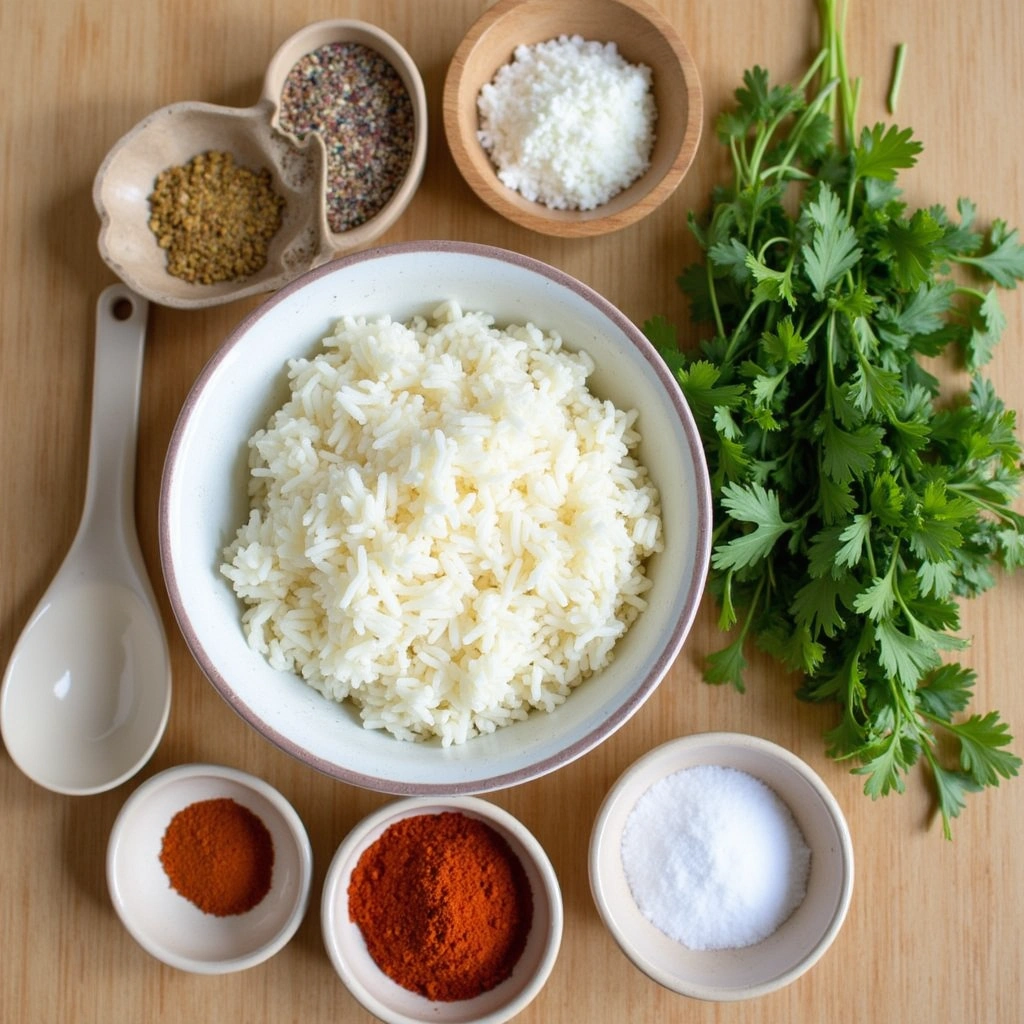
Gather all your ingredients before starting.
This includes rinsing the basmati rice until the water runs clear.
Measure out your spices, such as cumin and cardamom, for easy access.
Having everything ready will streamline your cooking process.
Step 2: Toast the Spices

Heat a dry pan over medium heat.
Add cumin seeds and cardamom pods, stirring frequently.
Toast until fragrant, about 2-3 minutes.
Be careful not to burn the spices, as this will alter the flavor.
Step 3: Cook the Meat

In a heavy-bottomed pot, heat some oil over medium heat.
Add your choice of meat, seasoning it with salt and pepper.
Sear the meat on all sides until browned, about 5-7 minutes.
This step locks in the juices and enhances the flavor.
Step 4: Add Tomatoes and Spices
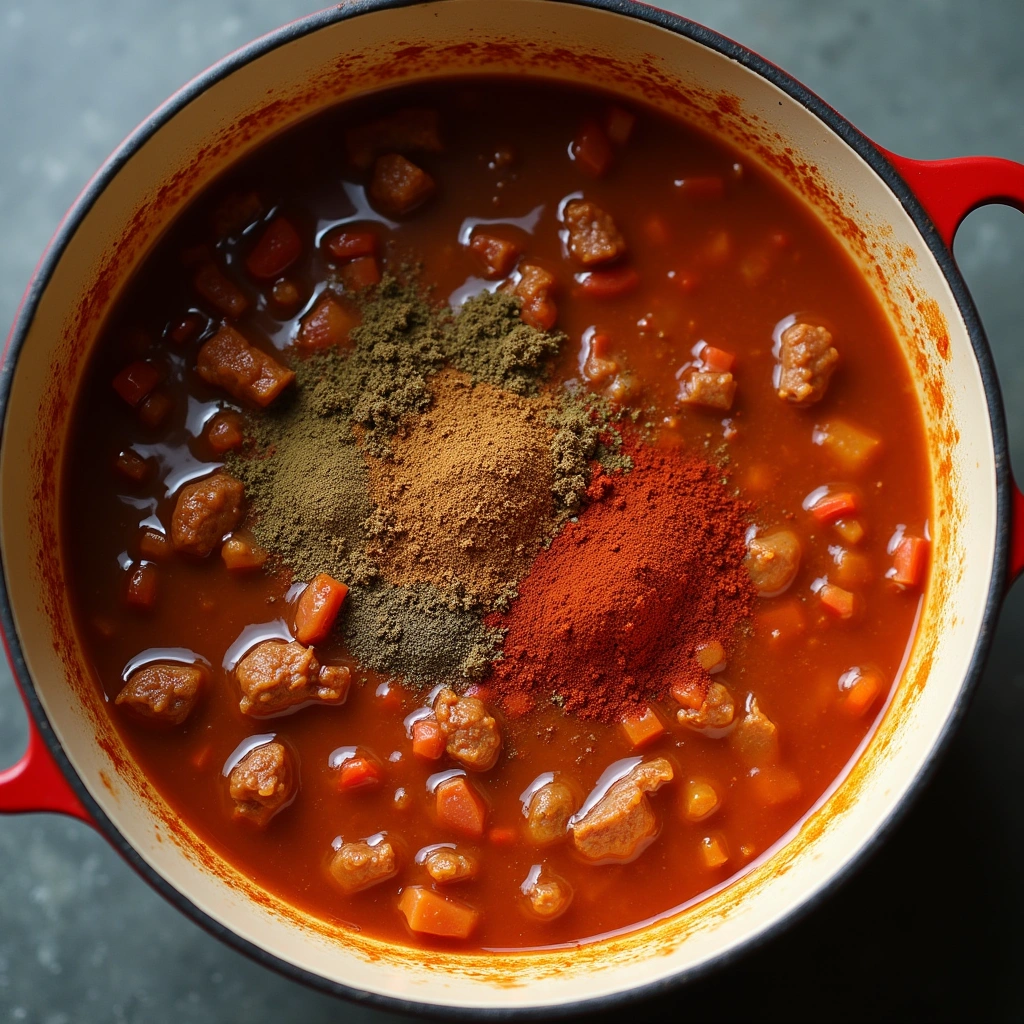
Once the meat is browned, add chopped tomatoes to the pot.
Stir in the toasted spices along with garlic and ginger.
Cook for an additional 5 minutes until the tomatoes break down.
This mixture forms the flavor base for your Pilau.
Step 5: Add the Rice

Gently add the rinsed basmati rice to the pot.
Spread it over the meat and sauce without stirring.
Ensure the rice is evenly distributed for consistent cooking.
This layering technique is key to achieving fluffy rice.
Step 6: Pour in the Water
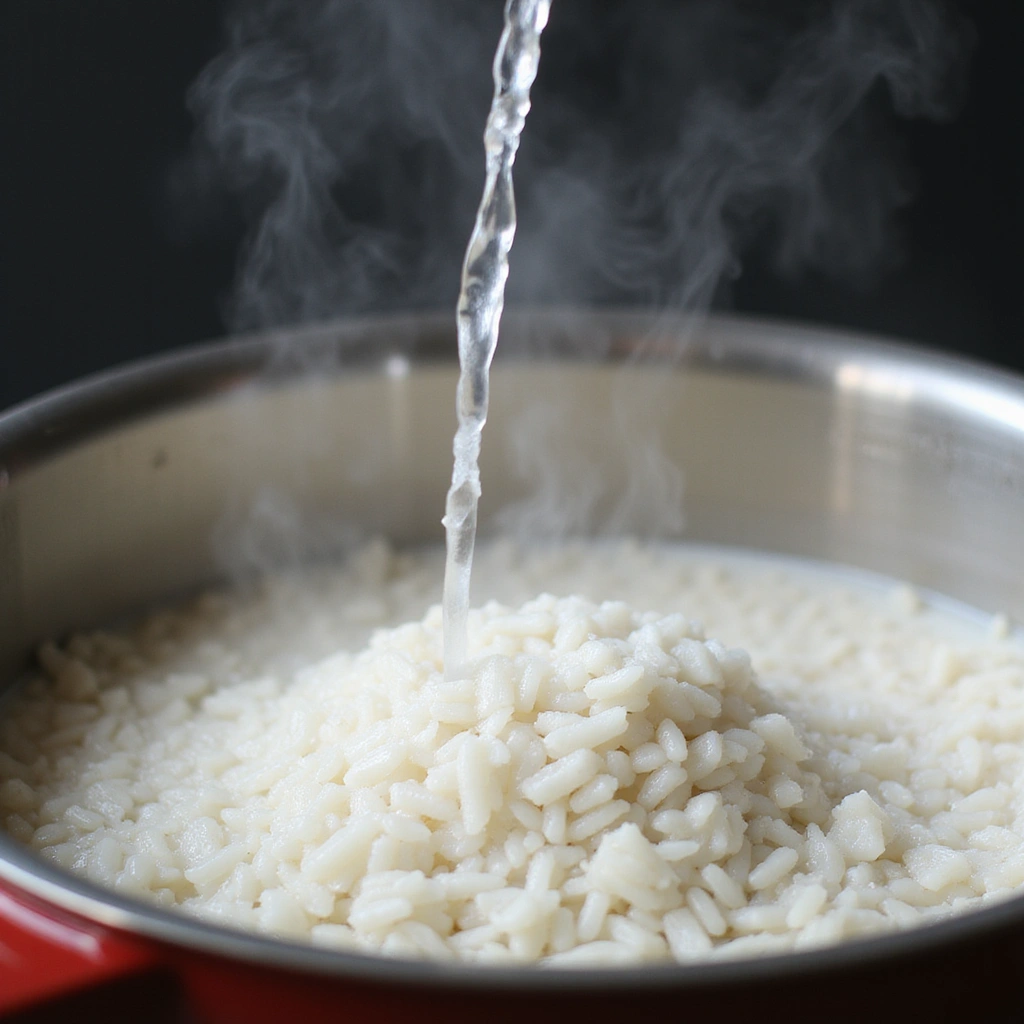
Pour the measured water over the rice carefully.
Ensure that the water covers the rice completely, about an inch above.
Bring the mixture to a gentle simmer.
This is crucial for the rice to absorb all the flavors.
Step 7: Cover and Cook

Cover the pot with a tight-fitting lid.
Reduce the heat to low and let it cook undisturbed for 20 minutes.
This allows the rice to steam and absorb the liquid.
Avoid lifting the lid during cooking to retain steam.
Step 8: Fluff and Serve
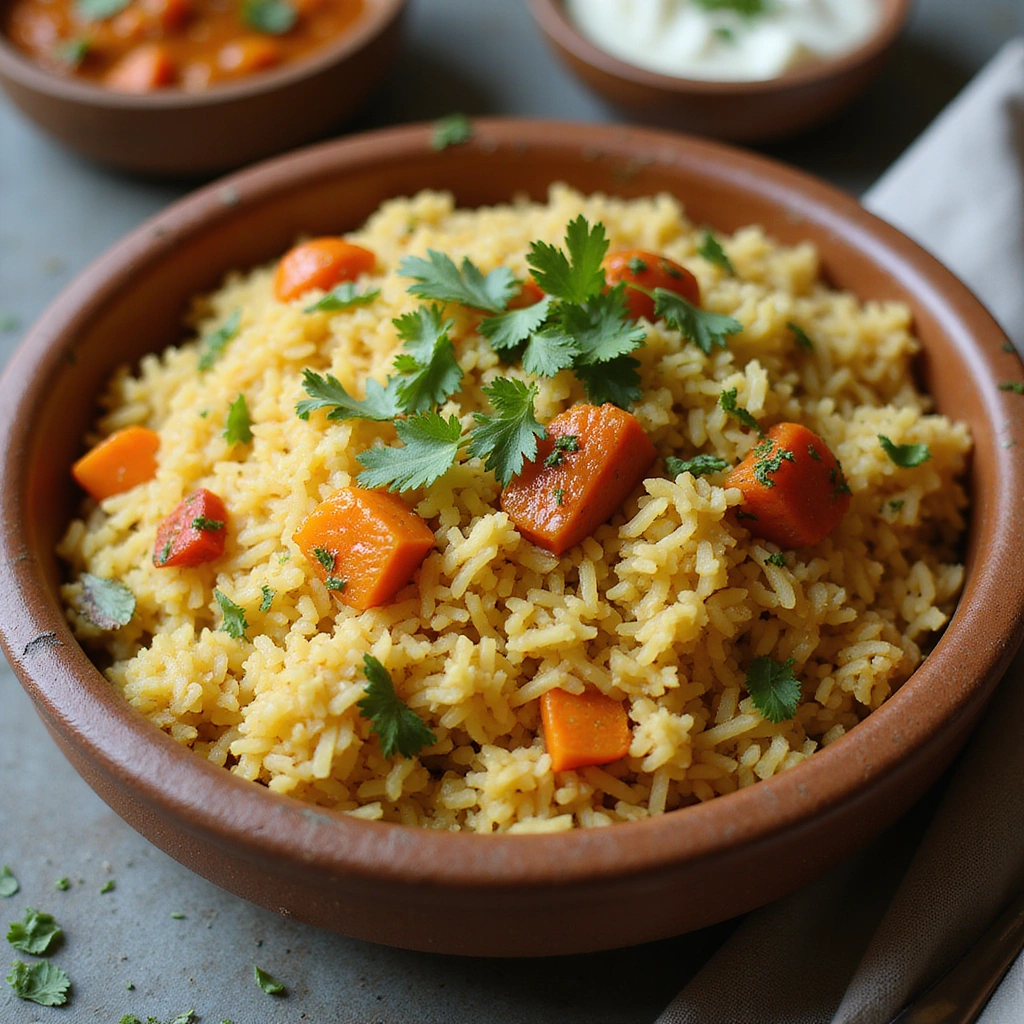
After 20 minutes, turn off the heat and let the pot sit for an additional 5 minutes.
Remove the lid and use a fork to gently fluff the rice.
Serve hot, garnished with fresh herbs if desired.
This final step enhances the presentation and aroma.
Critical Timing and Temperature Guide
Cooking Meat: Cook the meat until browned for about 5-7 minutes. Look for a golden crust without burning. Common mistakes include overcrowding the pan, which leads to steaming instead of searing.
Simmering Rice: Maintain a gentle simmer for about 20 minutes. The water should be absorbed, and rice should be tender yet firm. Avoid lifting the lid, as this disrupts steam cooking.
Fluffing Rice: After cooking, let the rice sit covered for 5 minutes. This resting period allows for steam distribution. Fluff gently to avoid breaking the grains.
Pro Tips for Pilau With Aromatic Spices
• Ingredient Selection: Always choose high-quality basmati rice for the best texture and flavor. Fresh spices will make a significant difference in aroma and taste.
• Preparation Secret: Toasting the spices before adding them to the dish enhances their flavors and aroma, resulting in a more complex dish.
• Temperature Management: Be cautious with heat levels when cooking the meat to achieve a perfect sear without burning.
• Texture Enhancement: Letting the rice rest after cooking is crucial for achieving the ideal fluffy texture.
• Flavor Layering: Build flavor by adding the spices at different stages of cooking, starting with toasting them and finishing with fresh herbs.
• Make-Ahead Strategies: You can prepare the spice mix in advance and store it in an airtight container to save time on cooking day.
• Restaurant-Quality Finishing Touches: Garnish with fried onions or fresh cilantro to elevate the presentation and flavor.
• Equipment Optimization: Use a heavy-bottomed pot to prevent burning and ensure even cooking.
Troubleshooting Common Issues
• Rice Too Sticky: This issue often arises from not rinsing the rice thoroughly. Ensure you rinse until the water is clear and don’t overcook it. If it happens, add a splash of water and fluff gently.
• Flavors Unbalanced: If the dish lacks flavor, consider adjusting the spice quantities or adding more salt. Taste as you cook to find the right balance.
• Meat Not Tender: Overcooking can lead to tough meat. Ensure to cook it just until browned and tender. If it’s already cooked too long, consider shredding it for a different texture.
• Burnt Bottom: If the rice sticks to the bottom of the pot, this may indicate too high heat. Always cook on low once the rice is added, and ensure to use a heavy pot.
• Uneven Cooking: This can occur if the pot is overcrowded. Make sure to layer ingredients properly and avoid stirring too much once the rice is added.
Variations and Regional Differences
• Coastal Pilau: In coastal regions, seafood is often used instead of meat, with spices tailored to enhance the flavors of fish and shellfish, creating a lighter dish.
• Vegetarian Pilau: This version substitutes meat with a variety of vegetables and legumes, offering a hearty and nutritious alternative, often flavored with coconut milk for richness.
• Spicy Pilau: Some regions add extra chili peppers for a spicy kick, balancing the heat with the sweetness of caramelized onions or raisins.
• Modern Interpretations: Contemporary chefs may experiment with quinoa or other grains, while maintaining the traditional spice profile, catering to health-conscious diners.
Food Science Behind the Recipe
• Gelatinization: The process of starches in rice absorbing water and swelling during cooking leads to the desired texture of fluffy rice. Understanding this helps in achieving the perfect doneness.
• Maillard Reaction: This chemical reaction occurs when proteins and sugars in the meat brown during cooking, enhancing flavor and aroma. Proper searing techniques optimize this reaction.
• Infusion of Flavors: The steam generated during cooking allows the spices to infuse into the rice and meat, creating a harmonious flavor profile. Layering ingredients ensures even distribution of flavors.
Frequently Asked Questions
What’s the most common mistake people make when preparing Pilau? The top mistake is not rinsing the rice properly, which leads to a sticky texture. Always rinse until the water runs clear.
Can I prepare components of this dish in advance? Yes, you can pre-measure your spices and rinse the rice ahead of time. Store them in airtight containers to maintain freshness.
How do I adapt this recipe for dietary restrictions? To make it gluten-free, ensure all spices are certified gluten-free, and substitute the meat with tofu or vegetables for a vegetarian version.
What’s the best way to store and reheat leftovers? Store leftovers in an airtight container in the fridge for up to 3 days. Reheat gently in a saucepan with a splash of water to prevent drying out.
Can I freeze this dish? Yes, Pilau freezes well. Allow it to cool completely, then store in freezer-safe containers for up to 3 months. Thaw in the fridge before reheating.
What wine or beverages pair best with this dish? A dry white wine, like Sauvignon Blanc, complements the aromatic spices well, while a light beer can also be a great pairing.
How can I scale this recipe up for a crowd? Simply multiply the ingredient quantities by the number of servings needed, but ensure your cooking pot can accommodate the larger volume.
What side dishes complement this recipe best? Fresh salads, raita, or grilled vegetables pair excellently with Pilau, balancing the rich flavors of the dish.
How do professional chefs elevate this dish for restaurant service? Chefs often enhance presentation with garnishes like microgreens, edible flowers, or infused oils for a refined touch.
Serving and Presentation Guide
• Traditional Presentation: Serve Pilau in a large communal dish, garnished with fried onions and fresh herbs like cilantro. This encourages sharing and adds a festive touch.
• Modern Plating Ideas: Use individual bowls for a modern twist, layering the rice and meat artistically, and drizzling with a flavorful sauce.
• Accompaniment Suggestions: Serve alongside tangy yogurt or cucumber raita to complement the spices and provide a cooling contrast.
• Special Occasion Presentation: For celebrations, consider using decorative platters and adding colorful garnishes like pomegranate seeds or toasted nuts for added visual appeal.
Conclusion
I hope this recipe for Pilau with Aromatic Spices inspires you to bring a taste of tradition into your kitchen.
The fragrant spices and tender rice create a dish that’s not only delicious but also a feast for the eyes.
Gather your loved ones around the table and enjoy this culinary journey together.
